Russia to receive 800 modernized T-62s – an act of desperation or a serious combat unit
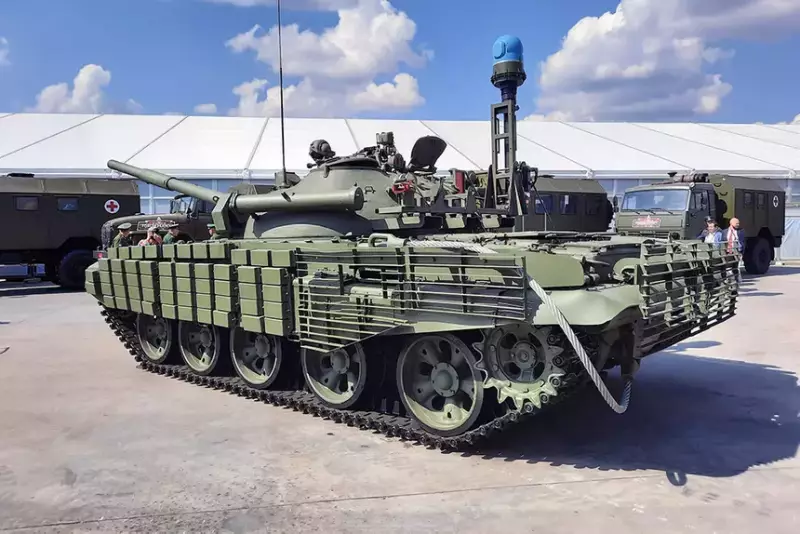
The 103rd armored plant was instructed to supply the RF Armed Forces with 800 modernized tanks within 3 years. Such rates imply the delivery of about 22 vehicles per month. In this regard, the question arises - what should we expect from these machines? Is such a move rational, or is it an act of desperation? Let's try to understand these and other issues. First, some dry characteristics, and then some analytics.
Design features and booking
One of the main design features of the T-62 tank in comparison with later models is the absence of any automatic loader. This function is performed by a person, which implies the presence of a loader in the crew. In my opinion, this is an absolute plus in terms of a combination of factors, the first of which is an increase in the reliability of vehicles (the exclusion of a breakdown of the automatic loader). As the experience of Syria shows, no matter how inhumane it may sound, it is often easier to replace a retired loader than to repair complex automation.
The booking scheme is shown in the photo below. It is a homogeneous armor (NLD and VLD) with a thickness of about 100 mm, located at the corners, providing 200 mm of reduced armor when fired from the front.
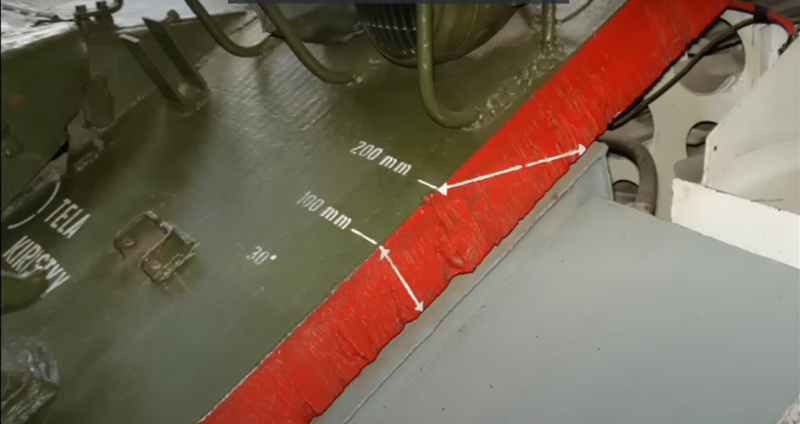
Of course, modernization implies strengthening the reservation by installing:
- additional spaced screens made of modern armored steel with high hardness;
- elements of dynamic protection;
- protective grilles.
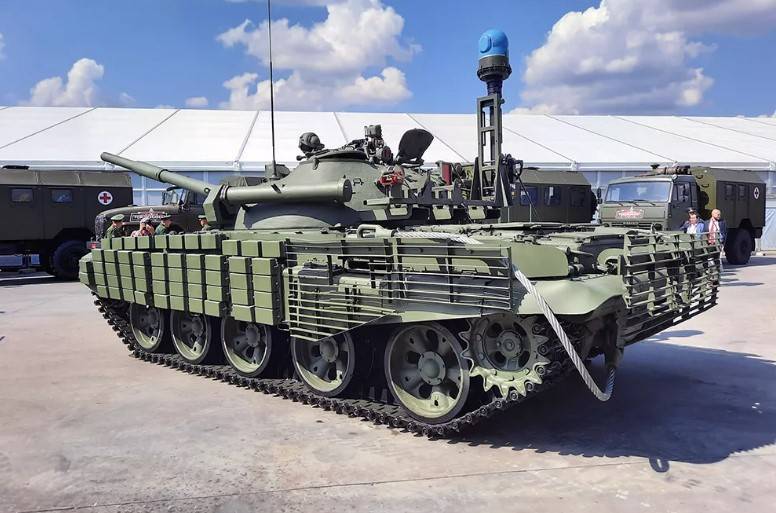
One of the possible options for rebooking the T-62
What to compare with?
Most of the materials devoted to the analysis of the potential capabilities of the T-62 in the current conditions consider this vehicle mainly from the position of a tank. A large number of critical conclusions are based on this, they say, the machine is hopelessly outdated, and no modernization is able to change this. In general, the supply of such equipment to the troops borders on shame.
However, I still allow myself a different approach - the technique cannot be considered in isolation from the tactics of its application. And, of course, it is impossible to provide an adequate level of protection for equipment of the 60s against anti-tank weapons of the XNUMXst century with modernization.
But after all, no one says that the tactics of using the T-62 will be identical to the use of modern models.
Yes, of course, at the beginning of the special operation, we made a number of serious mistakes and stupidly lost a large amount of equipment, but you still need to understand that there is still a huge number of more modern tanks, both in service and in reserve.
The production facilities at which the production and modernization of this equipment are set up are fully loaded, so, for example, Uralvagonzavod continues to supply troops with new tanks, including the T-90M "Breakthrough".
Taking into account the above, I think it is quite appropriate to assume that the T-62 will be used in a slightly different way than the main battle tanks, and in this sense it is appropriate to compare them with the most modern version of the BMP, which is in service with the Russian army - the BMP-3. That is, as a fire means of strengthening motorized riflemen.
In this capacity, the machine no longer looks like an obsolete technique, but like a very formidable combat unit.
Armor BMP-3 spaced, and is a combination of 60 mm aluminum and about 20 mm steel. While even in the base armor T-62, as mentioned earlier - 100 mm steel. The ongoing upgrade will increase the level of protection even higher.
The situation is similar with weapons.
BMP-3:
projectile weight - 15 kg,
explosive mass - 1,7 kg,
initial speed - 250 m / s,
ammunition - 34.
T-62:
projectile weight - 18 kg,
explosive mass - 3,1 kg,
initial speed - 800 m / s,
ammunition - 42.
Attention is drawn to the presence of twice the explosive charge inside the projectile, which contributes to both a multiple increase in high-explosive action and fragmentation, by giving these same fragments more kinetic energy.
The initial speed is three times higher, which makes the trajectory more flat, reduces the flight time of the projectile, which means it increases the accuracy of firing. In addition, the ammunition load of the T-62 also, it turns out, is larger.
There is a fundamental difference when shooting at armored targets. The fact is that shots for infantry fighting vehicles are low-pulse, i.e., the “knock-out” powder charge in them is insignificant, which is the reason for the low initial speed. The T-62 has a full charge, which means that, along with high-explosive fragmentation, it becomes possible to use classic sub-caliber "crowbars", which in the case of the T-62 have armor penetration of 300–400 mm. The numbers are more than modest for modern tank guns, but in practice they mean a huge difference between the inability to penetrate a tank in principle (in the case of an infantry fighting vehicle) and the ability to penetrate into vulnerable places, for example, into the side, in the case of the T-62.
Fire support infantry in defense
I propose to carefully look at the distinctive features of the T-62 tank in the above photo. Personally, my attention was attracted by a lifting mast with an observation device.
Equipping a tank with such a tool most likely means working on the defensive from closed positions. In this case, the silhouette of the tank is hidden, but observation is difficult. The presence of a lifting mast solves this problem. The tank hides in the trench, completely, raises the mast and conducts observation. Having found the enemy, he goes to the firing position and fires a shot, and hides again.
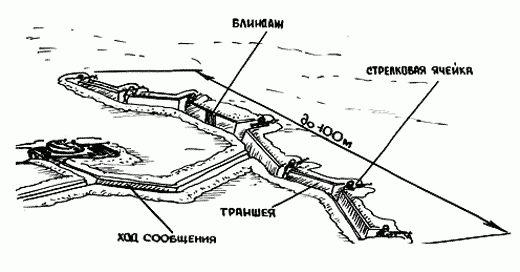
The illustration above is nothing new, standard motorized infantry defense tactics. Only in the case of the T-62, the place of the BMP is taken by a significantly protected vehicle with a more powerful gun.
Hitting the T-62 in such a position will be an extremely difficult task. Yes, there are “roof-piercing” ammunition and missiles that have an option to attack a target behind cover, but the firing range of such complexes using the NLAW example is 800 meters. While the range of aimed fire with a high-explosive fragmentation projectile is 6 meters. I note that this is almost 000 times higher than the same indicator for the BMP-3, and since there are many open spaces in Ukraine, this parameter is very important.
In the case of the Javelin, the task is simplified, although the cannon still shoots 2-3 times farther than the Javelin hits. However, in his case, it takes time to capture the target. The tactic in which the tank appears in position, fires 1-2 shots and retreats to cover, excludes its defeat by the Javelin.
Comparison with other infantry fighting vehicles
It is impossible not to mention another very important aspect. Russia has a disproportionate number of tanks against the background of a lack of modern infantry fighting vehicles. To put it simply, there are a lot of tanks with a 125 mm cannon, but there are disproportionately few BMPs with a Bakhcha (this particular combat module is armed with a 100 mm cannon).
This difference will become even more significant in a situation where partial mobilization has been announced in Russia, which means that the number of infantry will increase, which will be in dire need of fire support vehicles. You need to understand that the BMP with the Bakhcha combat module is simply not enough for everyone, and the difference between the BMP / BTR with a 30-mm cannon and the T-62 is simply huge.
Under the circumstances, it seems a much more logical step to transfer these tanks to motorized riflemen as "exotic" BMPs (let's not deceive anyone, in Ukraine both ours and Ukrainians still ride on top of the armor), which enhance the firepower of the unit.
About new ways of warfare
It is quite natural that our "well-wishers" hastened to give out their expert opinion on outdated equipment.
This video is an example.
Indeed, one may get the impression that the arguments in favor of the T-62 are just an attempt to pull an owl on the globe, wishful thinking. However, many military experts and armor enthusiasts in Russia have long proposed using old tanks in one way or another for the so-called mobilization reserve.
As an example, I will quote from my old article “AU-220M "Baikal" (57 mm): prospects for practical use in future wars":
Alas, but as a demonstration of what I wrote about, I have to use the video of the APU.
Do Ukrainian experts question the age of the gun in this case? I don't think. Although the S-60 is a development of the 40s, and not the 60s, like the T-62 (this is if you do not take into account that the Ukrainian expert said that the T-62s were produced in the 50s, although they were produced in the 60s -x and 70s). Why? Yes, simply because this direct-fire gun is capable of tearing to shreds any medium-armored vehicles, both Soviet and NATO, including the most modern models. But in addition to this, she is able to work on enemy positions along a hinged trajectory - pay attention to the frames after the 50th second of the video.
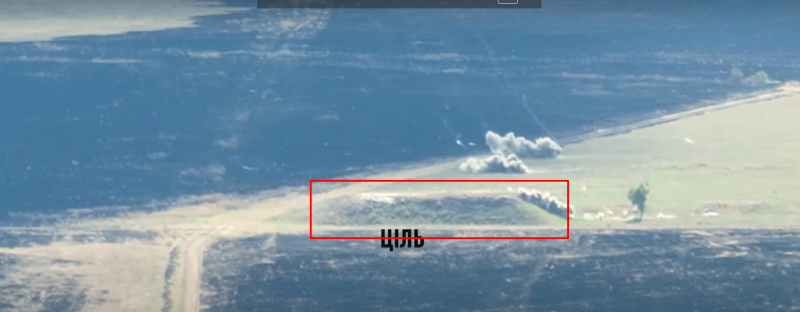
Positions on which the S-60 fires direct fire
Thus, given weapons you can well nightmare enemy infantry in shelters.
Therefore, the Ukrainians did everything right, taking these guns from storage. Another question is that in the presented version they have a number of disadvantages:
1) are not self-propelled, which means they are low-mobile. Although it is worth noting that they are brought to the stowed position much faster than the same artillery. This disadvantage is solved by the Ukrainians simply - by installing trucks on the chassis;
2) not armored - very vulnerable to shrapnel. Truck chassis also do not save from fragments;
3) the chassis is still designed to work as an anti-aircraft gun, i.e. the barrel looks steeply upwards, and 70% or more of the recoil momentum goes into the ground. When working at shallow angles when shooting, there is too strong a recoil, which shakes the truck (if the gun is installed on it) and sharply reduces the accuracy of fire.
Thus, the installation of this gun on the chassis of an old, but tank, solves all of the above problems.
We get a vehicle that is better armored than any BMP, which destroys any equipment on the battlefield with direct fire, except for tanks, and can also nightmare infantry positions along a hinged trajectory. At the same time, it has a frantic rate of fire: 120 rounds per minute versus 12 for the Bakhchi.
Moreover, I note that all of the above is true for standard ammunition. If these ammunition were developed (new feathered cores with a large elongation factor, new high-explosive shells for firing like a mortar, with a smaller charge, but with an increased projectile-mine, fuses with controlled detonation over enemy infantry positions when undermining over trenches), the effectiveness of the gun would increase many times over.
But, alas, the concept was not destined to be embodied in metal.
But, speaking of the T-62 with a classic 115-mm gun, you can take a fresh look at the photo below.
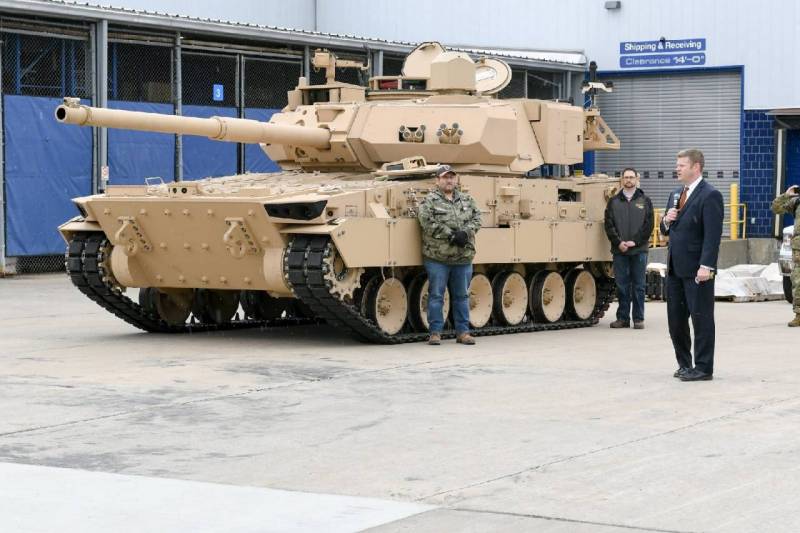
It features a new US light tank, with a 105 mm cannon.
That is, having begun to modernize the T-62, our military-industrial complex, apparently without planning it themselves, conceptually took the path of the most advanced militarily country - the United States.
In other words, the concept is the same - light tanks are transferred to reinforce infantry units.
Conclusions
In short, there would be no happiness, but misfortune helped, and our military-industrial complex finally began to move in the right direction. The only depressing thing is that this was not done a few years earlier in a calm environment.
As for obsolete equipment, what is happening in Ukraine has shown that not very high-tech types of weapons (civilian drones for video filming, Geranium-2, S-60 installation, etc.). In view of the foregoing, we can conclude that, with proper use, the T-62 tanks can become not just an ersatz solution, but a truly new combat vehicle in the entire concept of the use of motorized rifles by the Russian army.
It is also necessary to understand that other countries are quite successfully (and correctly) modernizing even older tanks. The photo below shows the modernization of the T-55 (Romanian and Slovenian).
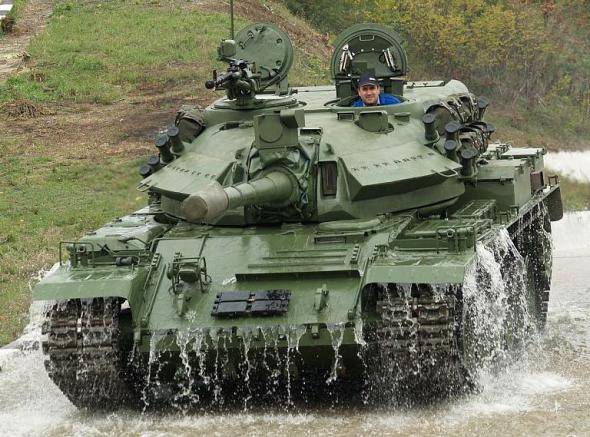
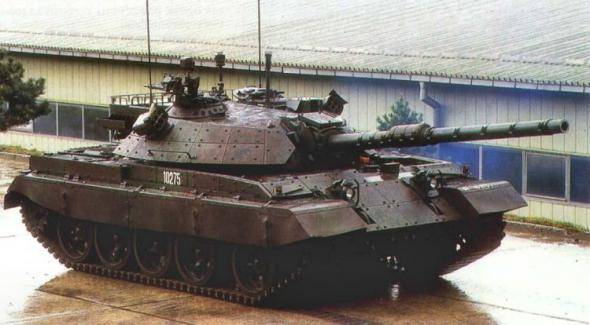
Information